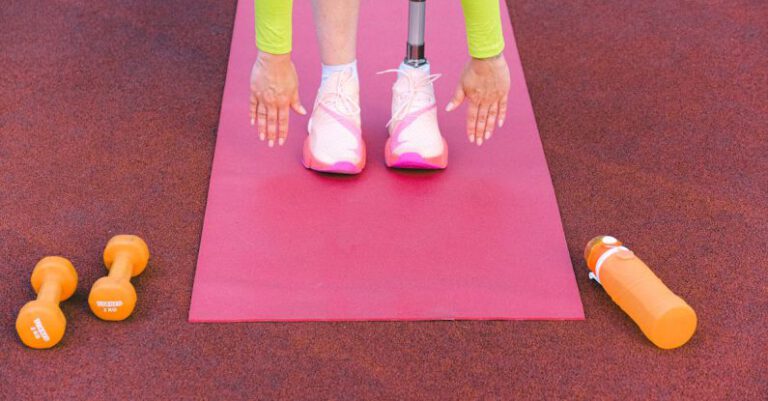
Indoor cycling training has gained significant popularity in recent years as a convenient and effective way to stay fit and improve cardiovascular health. Whether you’re a seasoned cyclist or a beginner looking to enhance your fitness level, indoor cycling training offers a variety of benefits. To make the most out of your indoor cycling workouts, it’s essential to follow best practices that will help you maximize your performance and achieve your fitness goals. Here are some key strategies to consider for effective indoor cycling training.
Setting Up Your Bike Properly
Before diving into your indoor cycling training session, it’s crucial to ensure that your bike is set up correctly to prevent injuries and optimize your performance. Start by adjusting the seat height so that your knees are slightly bent at the bottom of the pedal stroke. The handlebars should be positioned at a comfortable height to avoid strain on your back and shoulders. Additionally, make sure that your feet are securely fastened to the pedals to maintain stability and power throughout your ride.
Maintaining Proper Form
Maintaining proper form is essential for an efficient indoor cycling workout. Focus on keeping your core engaged, shoulders relaxed, and hands light on the handlebars. Avoid excessive rocking or swaying of your upper body, as this can waste energy and lead to discomfort. Instead, concentrate on a smooth and powerful pedal stroke, engaging your leg muscles throughout the entire revolution. By maintaining proper form, you can improve your cycling efficiency and reduce the risk of injuries.
Utilizing Resistance Wisely
Adjusting the resistance on your indoor cycling bike is a key component of effective training. Resistance levels can simulate different riding conditions, such as climbing hills or sprinting on flat terrain. Start with a moderate resistance level and gradually increase it as you become more comfortable with the workout. Experiment with varying resistance levels to challenge yourself and target different muscle groups. Remember to listen to your body and adjust the resistance accordingly to maintain a challenging yet sustainable pace.
Incorporating Interval Training
Interval training is a highly effective method for improving cardiovascular fitness and increasing endurance. By alternating between periods of high-intensity effort and recovery, you can push your limits and boost your overall performance. During your indoor cycling sessions, incorporate intervals of increased speed or resistance followed by active recovery periods. This approach not only enhances your aerobic capacity but also helps to burn more calories and improve your cycling efficiency.
Staying Hydrated and Fueled
Proper hydration and nutrition are vital for supporting your indoor cycling training and maximizing your performance. Make sure to drink an adequate amount of water before, during, and after your workout to stay hydrated and maintain optimal energy levels. Additionally, consider consuming a balanced meal or snack rich in carbohydrates and protein to fuel your muscles and aid in recovery. Listen to your body’s cues and adjust your hydration and nutrition plan based on the intensity and duration of your indoor cycling sessions.
Recovering and Resting
Rest and recovery are essential components of any training program, including indoor cycling. Allow your body time to recover between intense workouts to prevent overtraining and reduce the risk of injury. Incorporate rest days into your training schedule to give your muscles time to repair and rebuild. Additionally, prioritize quality sleep to support muscle recovery and overall well-being. By allowing your body to rest and recover adequately, you can enhance your performance and avoid burnout.
Conclusion: Optimizing Your Indoor Cycling Training
Indoor cycling training offers a convenient and effective way to improve your fitness level and enhance your cycling performance. By following best practices such as setting up your bike properly, maintaining proper form, utilizing resistance wisely, incorporating interval training, staying hydrated and fueled, and prioritizing rest and recovery, you can maximize the benefits of your indoor cycling workouts. Remember to listen to your body, set realistic goals, and enjoy the ride as you work towards achieving your fitness objectives. With dedication and consistency, indoor cycling can be a rewarding and enjoyable fitness activity that helps you stay healthy and active.





